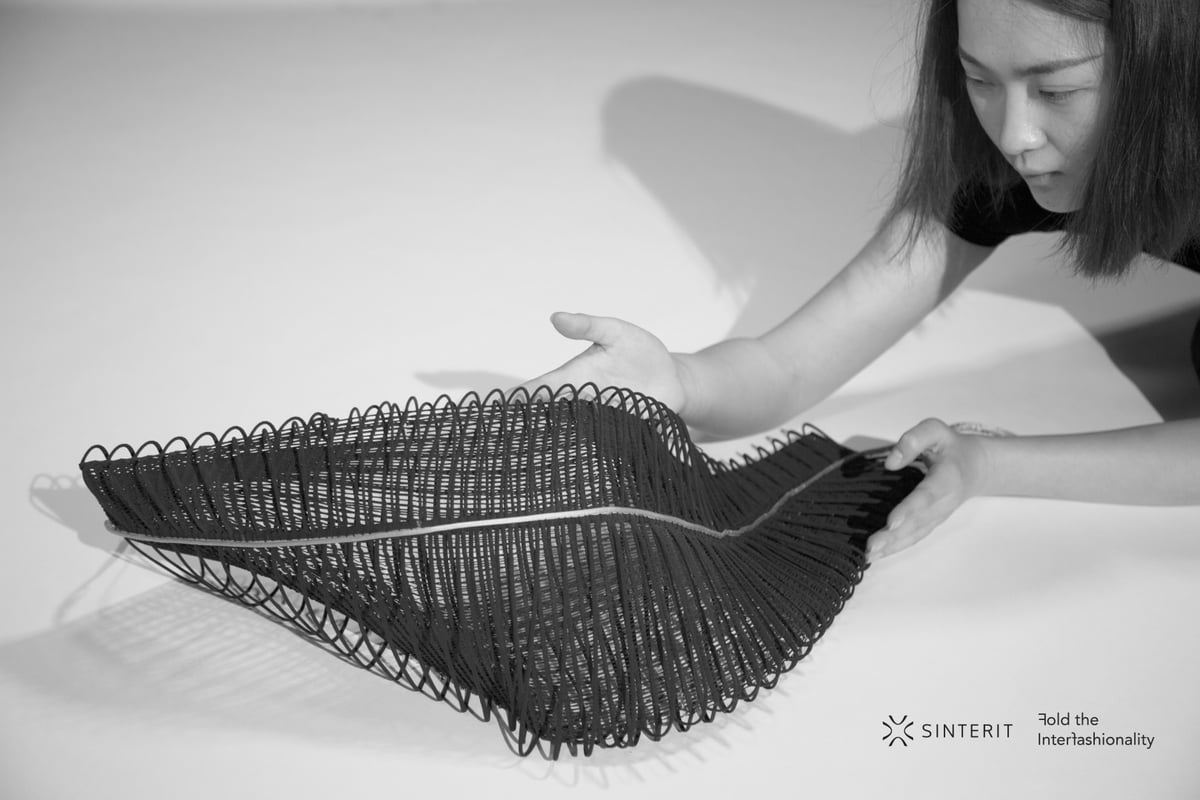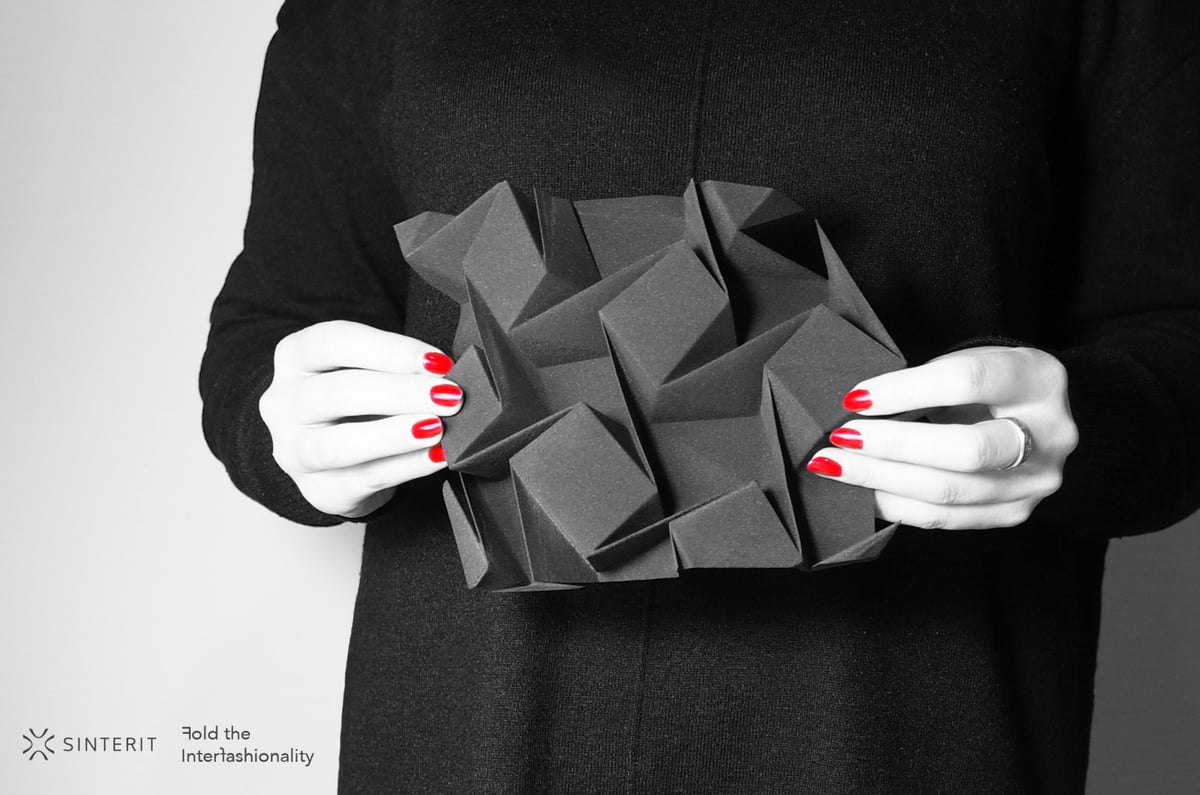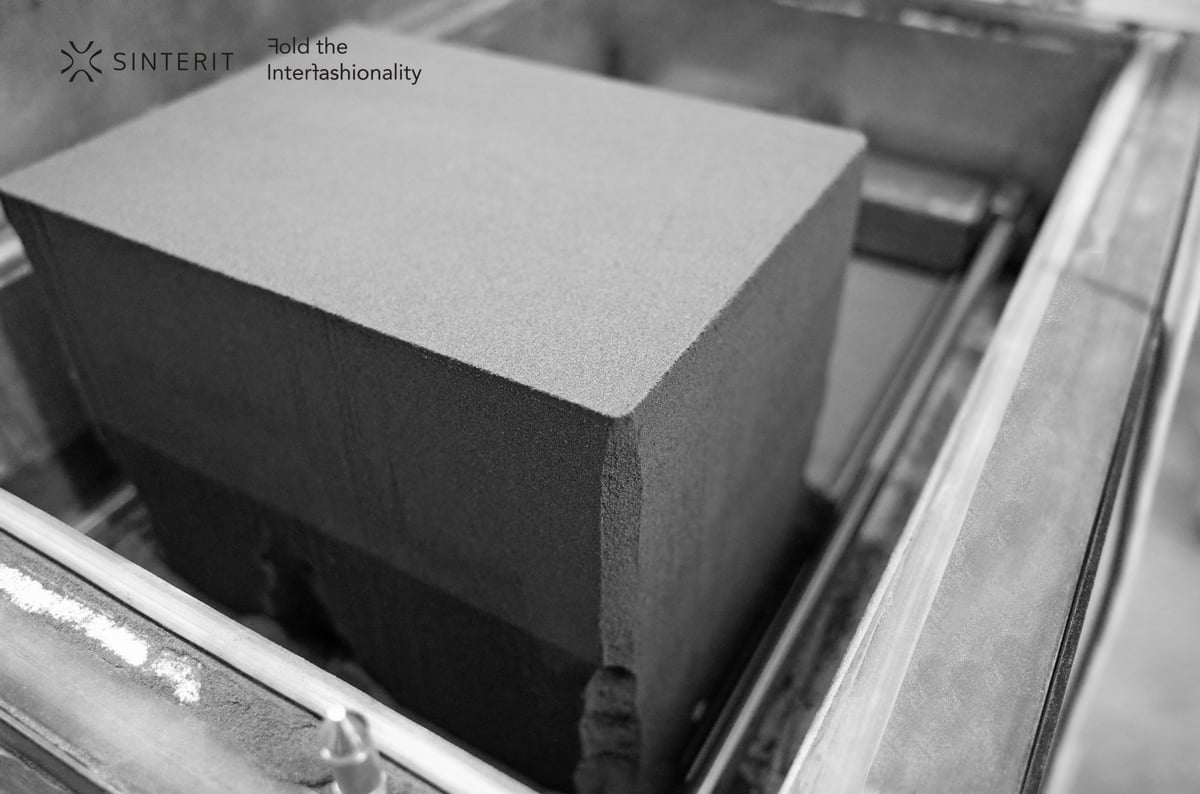Students use the Sinterit Lisa SLS 3D printer to create costumes for the Beijing Opera performance of “Farewell My Concubine”.
Londoners and visitors to the English capital are in for a special treat this December when the Beijing Opera play “Farewell My Concubine” premieres at the Royal College of Art (RCA).
Combining Chinese tradition with modern technology, the opera will feature 3D printed costumes using the Sinterit Lisa printer. This one-of-a-kind machine offers the industrial power of Selective Laser Sintering in the form of a desktop printer. The Polish 3D printer is able to offer support-free printing in exceptionally high quality.
RCA PhD students Mingjing Lin and Tsai-Chun Huang developed the designs as part of the “Fold the Inter-fashionality” project that combines technology with traditional craftsmanship.

By using the traditional technique of pleating in combination with 3D printed materials, the designers created a new textile. The unique fabric was then used to make the actors’ costumes.
As part of the performance, the students will be able to research how their pieces move and could be adapted to a broader audience in the future.
The marriage of 3D printing and fashion is not entirely new. Fashion designers have previously combined sculptured designs as part of their runway shows. However, unlike the often stiff and bulky pieces, Huang’s and Lin’s designs remain soft and fluid in motion.
The designs are based on Flexa Black, a more flexible fabric for SLS 3D printing. Lin explains:
“It was important for us to create a new, ground-breaking costume, which shape and form will refer to the traditional Beijing Opera. In accordance with the previous aesthetics the project has assumed a simplification of the form – more subtleness thanks to using monochromatic colours and less decorations.”

SLS 3D Printing Helps Meld Digital Culture With Chinese Traditions in “Farewell My Concubine”
For the designers, the creations reflect a direct juxtaposition between digital culture and the tradition of Chinese Opera. They hope that the unique materials may attract a whole new audience to experience Chinese Opera.
Lin and Huang are well aware that the project reflects an exchange of cultures – the East meeting the West – as well as a marriage of modernity, technology and tradition.
The designs were made possible through a collaboration with Sinterit, the 3D printing manufacturer which has built the first desktop SLS printer. Sinterit was founded by ex-Google employees in 2014 and over the past three years printed a wide variety of 3D products. The company secured €1.1 million in funding from FIT AG in 2017.
“The costumes have been printed with the use of the cutting-edge SLS technology (selective laser sintering) offered by Sinterit 3D printers. Over-designed and complex projects could not be executed with the use of classic techniques of constructing and sewing fabrics. The properties of the Flexa Black fabric allowed us to maintain the geometrical structure of the costume and a softness resembling that which characterizes traditional fabrics,” Lin adds.

License: The text of "Londoners 3D Print Costumes for Beijing Opera Play “Farewell My Concubine”" by All3DP is licensed under a Creative Commons Attribution 4.0 International License.